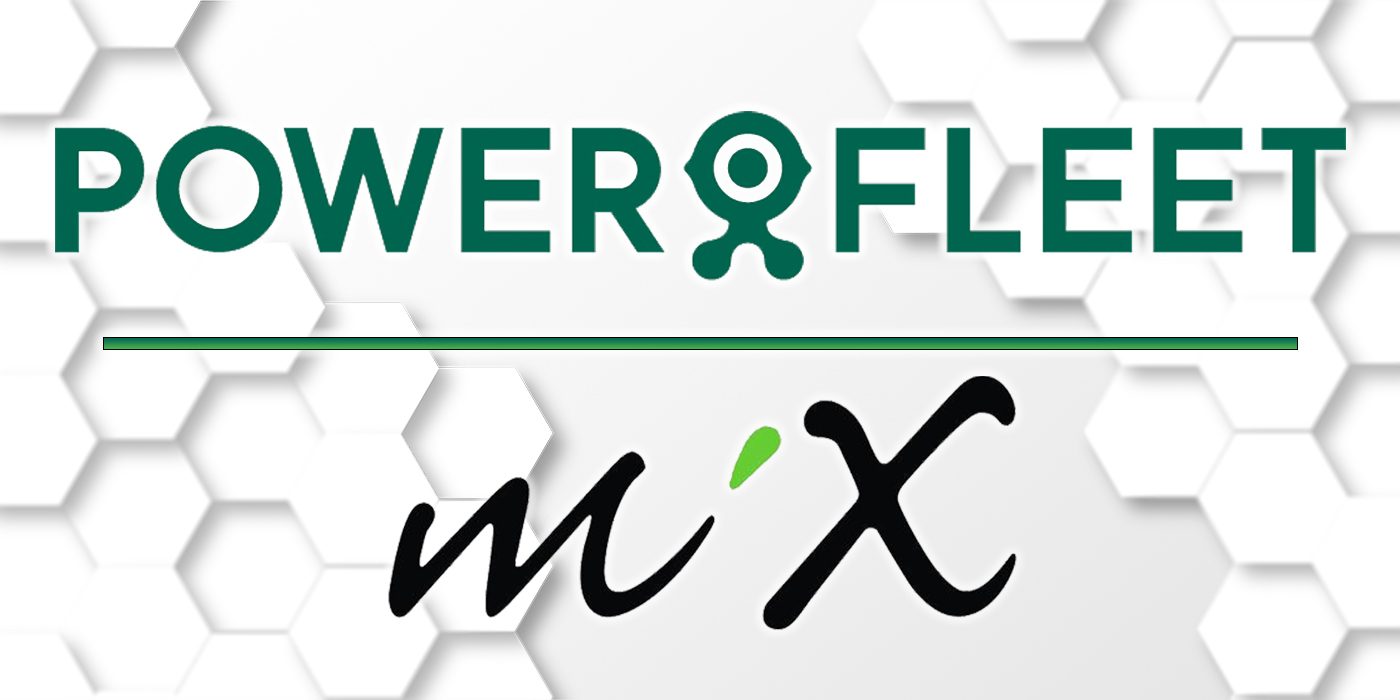Over the last decade, the trucking industry has contended with the driver shortage problem amongst a host of market complexities, and for good measure. Truck driving is physically taxing and is one of the most dangerous professions in the country, ranking seventh in the list of deadliest occupations by the University of Delaware. With a sizable portion of the truck driving community above the age of 50, it is crucial for the industry to alleviate associated safety concerns and encourage labor inflow into the market.
One of the biggest safety issues, and primary cause of motor accidents in North America, is distracted driving. It has traditionally remained an unsolved problem as it was challenging to monitor driving attributes while on the road—largely due to the lack of competent technology.
Studies show that between 14% to 17% of all crashes in the last decade have been due to distracted driving. A major chunk of these crashes can be attributed to the use of a cell phone while driving. With cell phones becoming ubiquitous, distraction due to digital screens continues to grow in relevance.
That said, distractions could come in different shapes and sizes. Aside from such visual disturbances, it could be auditory distractions like listening to music or physical distractions like eating while driving. In long-haul trucking, one common distraction is driving fatigue, mostly occurring when drivers are nearing the end of their hours of service.
No matter the distraction, technology can be of help. Trucks can be equipped with sensors and dashboard cameras, providing real-time updates on driver behavior and truck movement that is relayed to the back office. For instance, sensors can detect and flag potentially unsafe driving incidents like abrupt braking and reckless acceleration. This feedback allows the fleet management to identify driving attributes that need improvement, helping train drivers to get better behind the wheel. Reinforcing a positive feedback loop would ensure drivers get incrementally better at what they do, improving overall fleet safety.
Modern telematics can identify equipment issues based on actual wear and real-time issues to prevent costly and unsafe over-the-road breakdowns. It can also go beyond fleet safety, enabling operations and maintenance trucking managers to look at truck maintenance more proactively rather than approaching maintenance as a scheduled occurrence.
One of the obvious benefits of in-cabin cameras is the availability of video footage across the length of the haul. With truck accidents being frequent across the U.S., trucking fleets are constantly on edge with the risk of lawsuits that seek punitive settlement over damages.
While collisions are commonplace, reports show that crashes are usually not the fault of the truck driver but rather the other party—like a car or a motorbike. However, the lack of proper video evidence can mean trucking firms end up paying huge penalties for mistakes they did not commit.
Ergo, video evidence that exonerates the driver can prevent the carrier being caught in a judicial quagmire and being on the receiving end of nuclear verdicts. Nuclear verdicts are jury-based convictions that result in payouts of over $10 million, often awarded to the petitioner when there is not enough evidence supporting the stand of the trucking fleet.
Since 2010, the average payout of trucking verdicts has gone up by an astonishing 967%, forcing insurance agencies to raise their premium. In fact, a new record for nuclear verdicts has just been set with a $1 billion verdict from a case in Florida this August. This has unduly impacted trucking firms, with several going bankrupt during the judicial process. Video solutions that include forward facing, in-cab, as well as side cameras provide a 360 degree view that can help trucking companies get a more complete picture of events and help exonerate them.
Safety technology can extend beyond real-time monitoring of assets by supplying driver behavior video data used for driver coaching and reward programs that can proactively drive improvements. This is an ongoing effort from the fleet management, which if pursued, can pay dividends in the long run. A well-organized trucking firm will also have lower insurance premiums, eventually reducing operational expenses and adding positively to the bottom line.
Mark Stanton is the general manager of supply chain Solutions for PowerFleet. Visit the PowerFleet website for more information.













